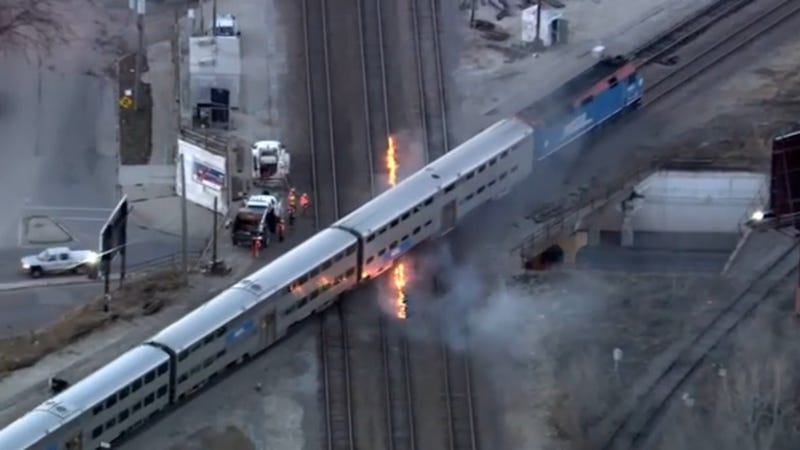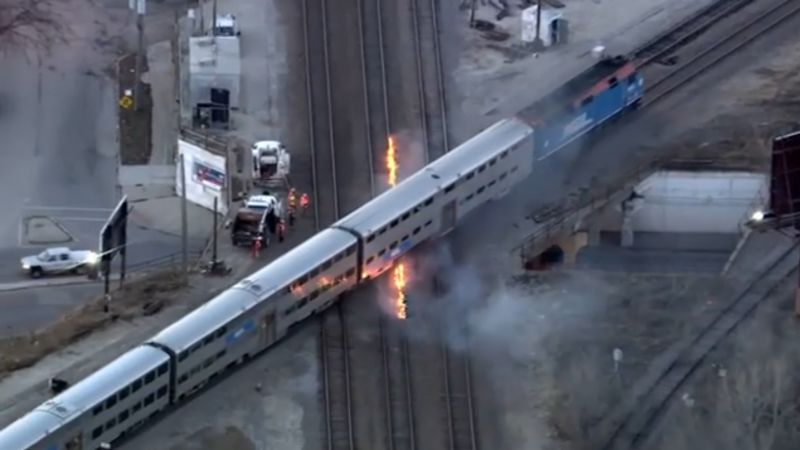
There are over 140,000 miles of privately-owned standard-gauge rail in the United States, vital to the transportation of billions of tons of freight and people. Occasionally, it gets really cold where some of those train tracks sit. Like right now, in Chicago, where Wednesday’s high temperature is expected to be thirteen degrees below zero. Those temperatures are potentially deadly for humans, and deforming for the long pieces of metal that trains ride on.
When it gets to be several degrees below freezing, the metal of the train tracks can contract to the point that it will pull up the bolts holding it in place, or even stress fracture. Crews will soak long pieces of rope in kerosene and burn it to warm up the tracks, expanding them back into place for repairs. Once the track is warmed, it’ll be re-bolted, or welding repairs can be affected on the broken tracks. This is vital to continued operation during cold temperatures.
As in the ABC News tweet below, sometimes similar burning tactics will be taken at track switching points when the mechanisms stick from the cold. Usually the rail switches have devices to keep them from freezing shut, but perhaps the weather was too cold for them to operate properly, or they’d been otherwise rendered non-functional.
Advertisement
It’s pretty neat that we, as a smart race of human beings, still have to resort to medieval methods of re-warming metal train tracks. I guess stick with what works, right?
Source: trains.com, patch.com, and dnainfo.com













